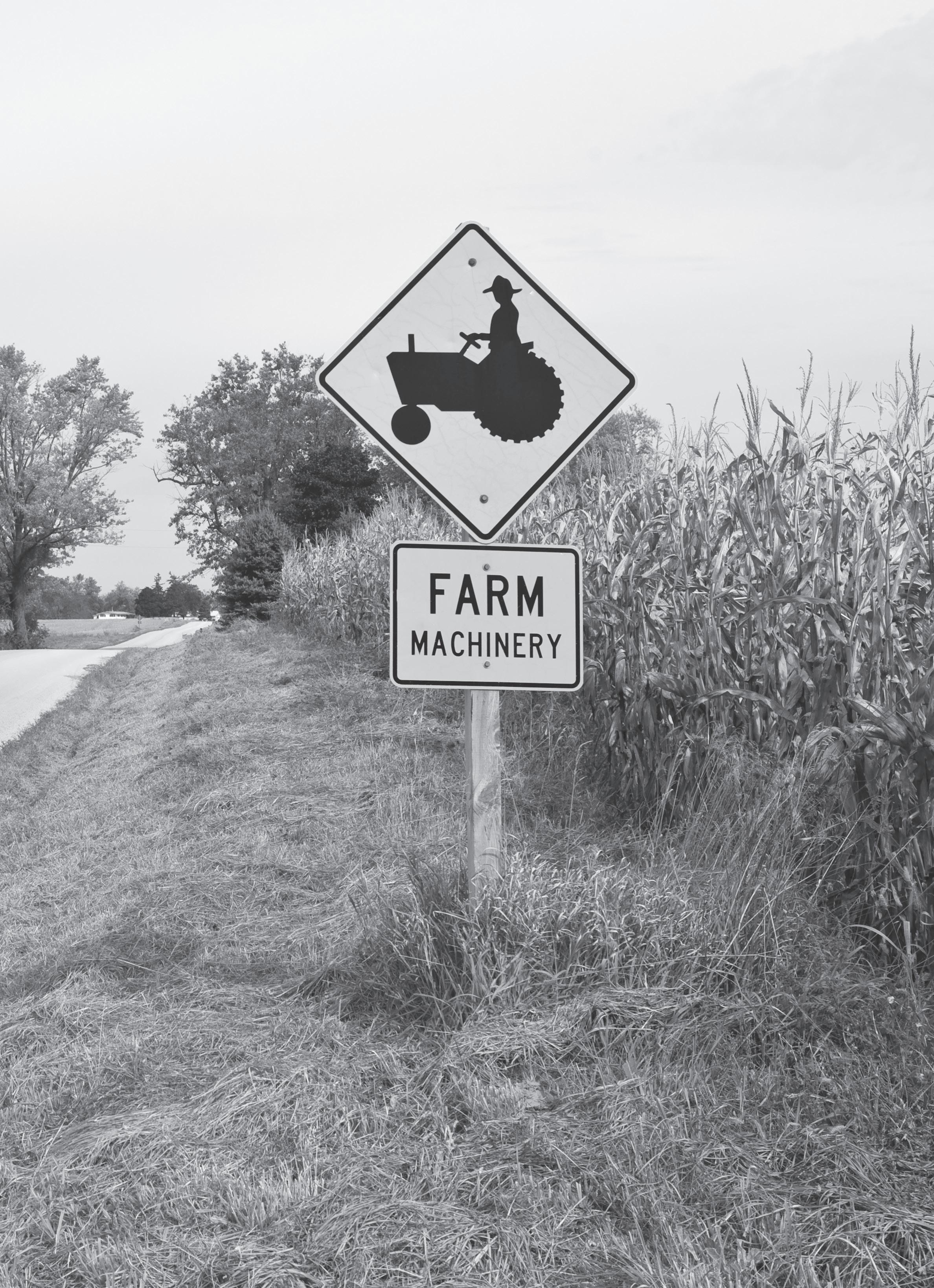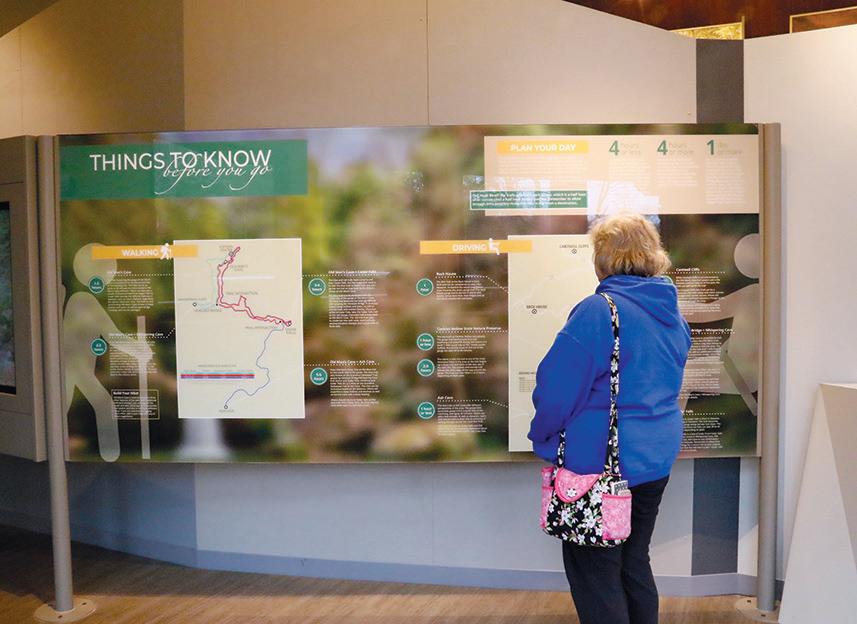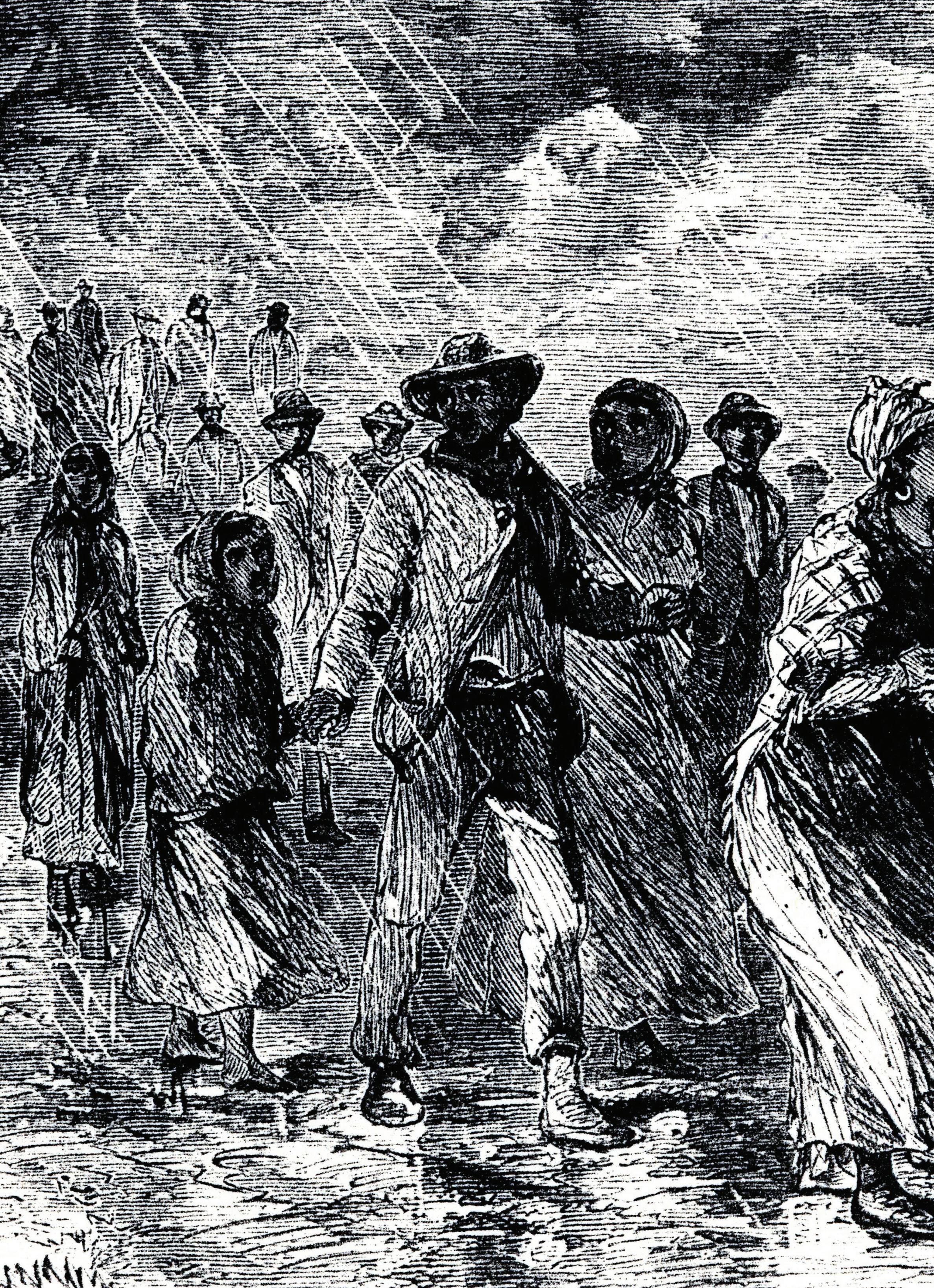
7 minute read
LOCAL PAGES
Creating an electrical safety plan before you plant a tree
Trees and power lines often coexist without problems. However, that doesn’t mean you shouldn’t take precautions when planting a tree.
Not only do dangers lurk for the person planting the tree, nearby power lines and trees can be harmed as well. Trees growing too close to electrical lines are the primary cause of momentary short circuits and flickering lights. When it storms, tree limbs that are too close to power lines can knock the lines out completely and create a greater threat to your safety.
Overhead utility lines are the easiest to see and probably the ones we take for granted most. Although these lines look harmless enough, they are extremely dangerous.
Meanwhile, underground utility lines can be buried very close to the ground’s surface. That’s why it’s so important to call before you dig.
Before you start planting, we encourage our members to call their local 811 call center at least five days before they start planting. Never assume these utility lines are buried deeper than you plan to dig.
Once you know where to plant to avoid underground utilities, find out where the prime planting spots away from overhead utility lines are. If you are planting a small tree that will grow no larger than 25 feet tall, planting it 25 feet away from power lines is a safe distance. If the tree will be 25 to 40 feet tall, plant it 40 feet away from power lines. The bigger the tree, the farther it should be. If the tree is expected to grow more than 40 feet high, it should be planted 60 feet away from utility lines.
Keeping trees away from utility lines not only keeps you safe, it keeps them safe as well. Trees planted too close to underground lines can suffer root damage. Trees planted too close to overhead lines need regular pruning, damaging the tree and its appearance.
Harrison REA works hard to provide you with reliable electric service. You can help by following these guidelines when managing the trees on your property. Being aware of the dangers and how to avoid them can keep you, your home, and the trees safe.
Tips for safely planting a tree Call 811 to have underground pipes and utilities marked at least a few working days before digging. Knowing their locations helps you dig safely, and planting a safe distance away will help prevent damage from roots. Create a basic plan or a sketched diagram before you begin planting to avoid future troubles. Using the information from the underground utility locator service will be a big help in setting some guidelines. Consider a tree’s potential growth when choosing its location. If it’s expected to grow higher than 15 feet, choose a spot 25 to 50 feet away from utility lines and your home. Plant with energy savings in mind. Not only can you upgrade your landscape, you can decrease your energy use, too. Trees can keep your home cool in the summer and warm in the winter. Just be sure you’re aware of power line location and avoid structural damage. Call us if you need help trimming a tree away from power lines. This will keep you and everyone around you much safer.
ANNUAL MEETING TIME
Good day, everyone! I hope you’re all enjoying the warmer weather and staying dry! This month, in case you didn’t know, is when we host our annual meeting for HREA. I want to talk a bit about it this month because I did some number crunching from last year and want to share the results with you. Michael Griffith GIS SPECIALIST
For the 2018 meeting, there were only 143 members who attended (240 people, including your guests). For 2019, 127 members attended (213 total, including guests). This is a little underwhelming because it is important that the membership (that’s you guys) take part in what you’re investing in. We need not forget how a cooperative works! It is your participation and investment that keeps the cooperative spirit alive and well. Unlike an investorowned utility, a cooperative doesn’t have outside investors looking to make a profit. So the annual meeting is the time and place to see how your hard-earned dollars are doing. Also, it’s a great chance to meet the staff at HREA. Also, be sure to visit this year because of our ongoing USDA ReConnect fiber-to-the-home grant! We at HREA are so excited to take part in a nationwide initiative to bring true broadband to our little slice of heaven in north-central West Virginia. We’ll have staff there ready to answer any questions you may have.
So this is my challenge to you: Make an effort to come this year! Come to get a nice dinner, some entertainment, and you can even get to meet me! Next April, I’ll make another map to compare numbers to see how many more of you come this year.
I’ll see you there!
This has been your Mapping Minute!
WHEN YOU FIND YOURSELF IN THE DARK,
WE'VE GOT YOUR BACK.
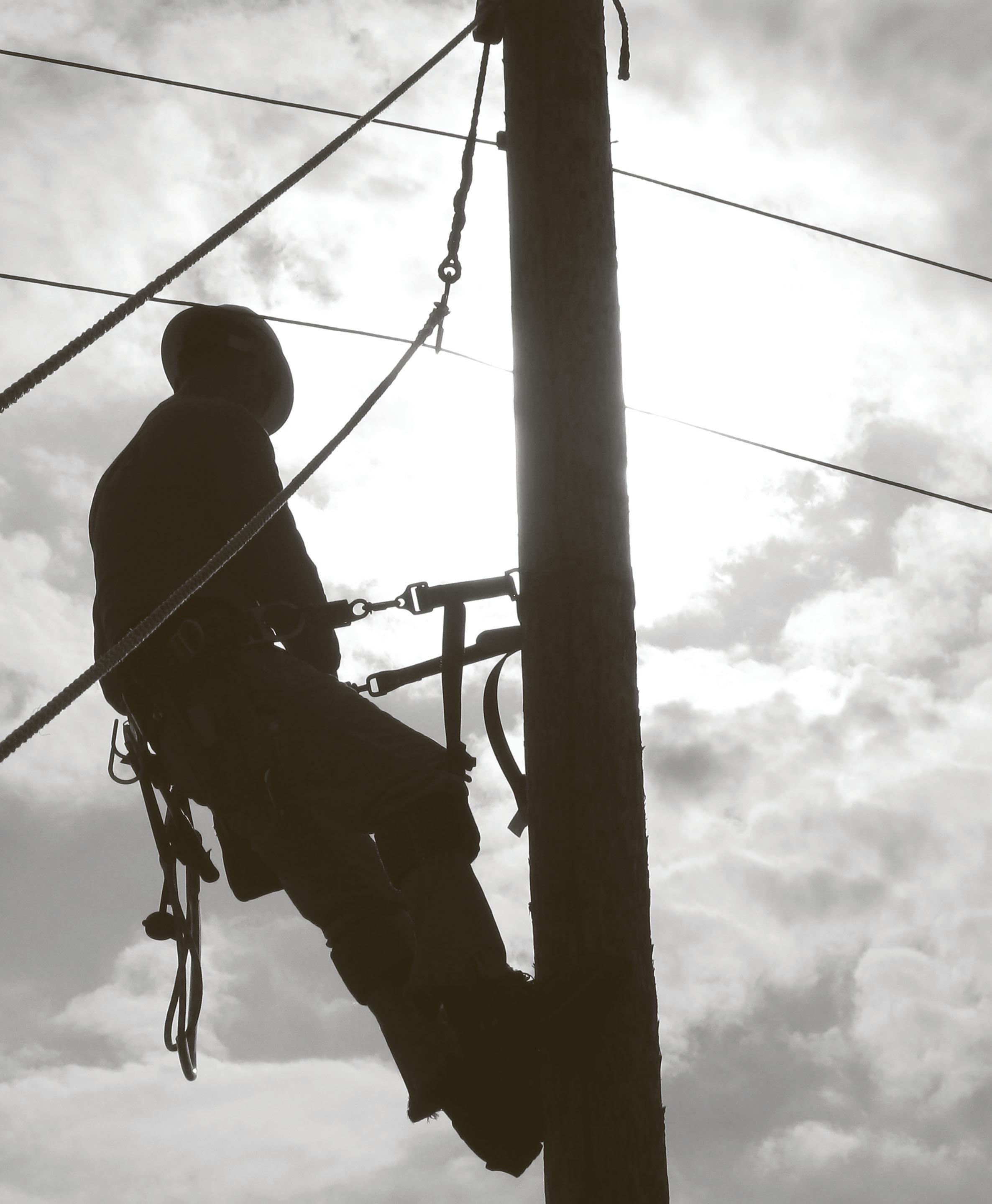
Lineworker Appreciation Day April 13, 2020
Energy Efficiency Tip of the Month
This spring, consider using a rain barrel to save energy. Rain barrels capture rainwater from a roof that you can use later for watering your lawn, garden, or indoor plants.

Our office will be closed on Friday, April 10, to recognize Good Friday. Harrison Rural Electrification Association wishes all of our consumer-members a happy Easter.
Mark your calendars! The annual meeting is April 16 at 6:30 p.m. at Liberty High School.
HARRISON RURAL ELECTRIFICATION ASSOCIATION, INC.
CONTACT 304-624-6365 www.harrisonrea.com
REPORT AN OUTAGE 800-540-4732
OFFICE 600 Market Place, Suite 104 Bridgeport, WV 26330
OFFICE HOURS Mon.–Fri. 7:30 a.m.–4 p.m.
BOARD OF DIRECTORS Jeff Nelson, Dist. 7 President Ron Watson, Dist. 5 Vice President C.B. Sharp, Dist. 1 Sec.-Treas. Greg Robertson, Dist. 2 Glenn Cox, Dist. 3 William Suan, Dist. 4 Philip McMillan, Dist. 6 Directors Terry Stout General Manager
STAFF Lloyd Mason IT Manager Sam Satterfield Operations Manager Ty Chapman Right-of-Way Supervisor Jon Paul McAllister Line Supervisor Stephen Jones Staking Technician Jodi Swiger Editor
The same ones they recommend to their patients!
Advanced Digital Hearing Aid Technology What Kind of Hearing Aids Do Doctors Use?
Now Rechargeable!


Only $ 299 99 Reg: $599.98 BUY 1 GET 1 FREE
Each When You Buy a Pair – LIMITED TIME ONLY!
Doctors love MDHearingAids ®
for the same reasons patients do. These FDA-registered, medical-grade hearing aids have the same high-tech features found in more expensive hearing aids at a fraction of the cost.
“MDHearingAids are better than expensive clinic hearing aids, which cost thousands more,” says retired physician Dr. Robert A. “I have had fi ve pairs of expensive hearing aids and MDHearingAids are just as good,” adds retired neurosurgeon Dr. Brian L. Doctors Are Tired of Watching Their Patients Waste Money on Over-Priced Clinic Hearing Aids MDHearingAids are the best value on the market, says Dr. Clarke:
NEVER AGAIN CHANGE A BATTERY
Nearly invisible!


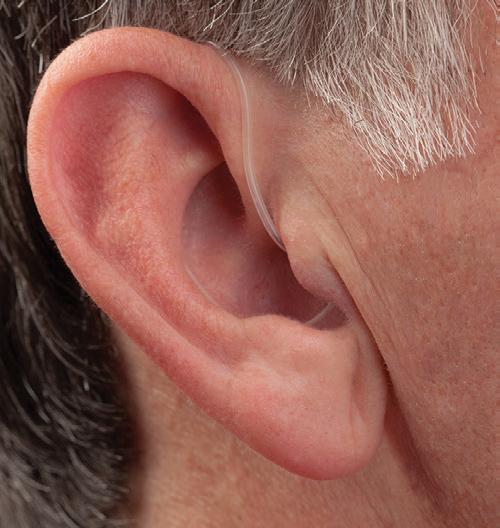
SAVE 90% COMPARED TO TRADITIONAL HEARING AIDS
CRISP, CLEAR SOUND MDHearingAids were created by a board-certifi ed otolaryngologist frustrated that patients couldn’t afford the high price of hearing aids. So, he did the only logical thing…he created a low-cost, feature-packed digital hearing aid that costs 90% less than a comparable hearing aid. Behind-the-ear hearing aid with thin tubing for a nearly invisible profi le. 3 programs for customized listening environments. Amplifi es the critical frequencies of the human voice, without amplifying background sounds, so you can enjoy crisp, clear conversations. STATE-OF-THE-ART FEATURES NO AUDIOLOGIST NEEDED Save time and money, cancel those audiologist appointments! Advanced hearing aid technology lets you easily program and adjust your MDHearingAid at home. Set-up is fast and easy, too, going from box to ear in just fi ve minutes.
Try it RISK FREE for 45 Days
Try MDHearingAids risk-free with a 100% money-back guarantee for 45 days. Just call toll-free or visit the website shown below. Call now and get free shipping. Remember, it’s RECHARGEABLE! Call Toll-Free 1-800-935-1533






